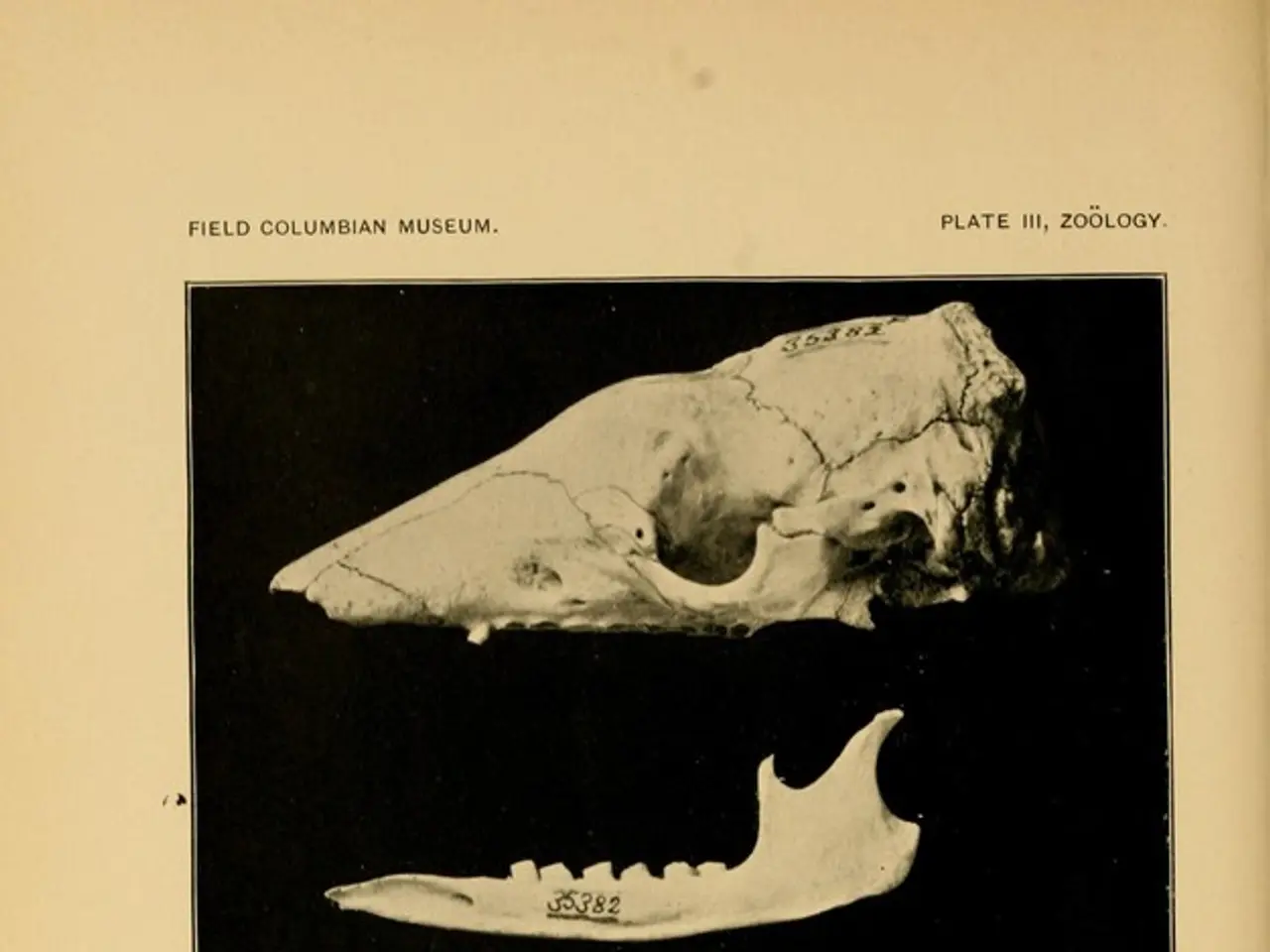Impacts of Ankylosing Spondylitis on Physical Health
Ankylosing Spondylitis (AS) is a type of arthritis that primarily affects the spine and lower back in its early stages, causing persistent pain and stiffness. This chronic condition, which primarily affects the sacroiliac joint but can spread to any joint in the body, is characterised by a progressive inflammatory and structural process that can lead to significant structural changes over months to years.
In its initial stages, AS usually begins with inflammation in the joints between the vertebrae, causing persistent pain and stiffness in the back and neck. Over time, chronic inflammation prompts the body to produce new bone formation, specifically at the sites of inflammation. This new bone growth can cause vertebrae to fuse together, a process known as ankylosis, which significantly reduces the spine’s flexibility and mobility.
Besides vertebrae, other affected spinal structures like facet joints and costovertebral joints may also become damaged and fuse, exacerbating spinal stiffness and deformity. This fusion process can also extend to the pelvic bones, further limiting movement and causing pain. The fusion and joint damage lead to loss of spinal flexibility, difficulty with posture and spinal movement, and progressive functional impairment as the disease advances.
Patients may experience flare-ups periodically, with phases of increased inflammation and symptoms, followed by relative stability. In rare cases, people with AS may have heart or lung complications, such as an irregular heartbeat, an inflamed aorta, sleep apnea, or lung tissue scarring, lesions, or cysts.
Inflammation in other areas, such as eyes (uveitis) and bowel (associated with Crohn's disease), can also occur, reflecting the systemic nature of AS. Besides the spine, AS can cause pain and swelling in peripheral joints like ankles, knees, and shoulders.
Although AS is a chronic condition without a cure, treatments including physical therapy, anti-inflammatory medication, and lifestyle changes can slow progression, maintain mobility, and reduce discomfort. Physical therapy can show improvements in flexibility and pain within weeks to months but requires consistent long-term effort to slow fusion and joint deterioration.
In females, AS often first affects the cervical or thoracic spine, while in males, it primarily affects the sacroiliac joint. AS can reduce a person's ability to control urination or bowel movements, leading to incontinence due to spinal involvement and subsequent neurological complications.
With treatment and lifestyle strategies, people with AS can reach states of remission in which they have less disease activity and fewer physical limitations. Doctors may recommend nonsteroidal anti-inflammatory drugs (NSAIDs), pain relievers, local injections of corticosteroids, disease-modifying antirheumatic drugs (DMARDs), or biologic treatments for symptom management or severe cases. Practicing deep breathing exercises after a shower or using ice packs on the ribs can help manage symptoms in the chest area. A functional lung impairment can occur in some people with AS, meaning that it can take longer for respiratory infections and colds to heal.
In conclusion, AS causes a progressive inflammatory and structural process in the spine and other joints, leading to new bone formation and fusion that reduce flexibility and function over several months to years. The degree and speed of progression vary among individuals, but without management, AS can severely limit spinal mobility and cause significant joint damage.
- Ankylosing Spondylitis (AS) is often characterized by inflammation in the joints between vertebrae, leading to persistent back and neck pain.
- Over time, chronic inflammation in AS can cause new bone formation, specifically at the sites of inflammation, a process known as ankylosis.
- This new bone growth in AS can cause vertebrae to fuse together, reducing the spine’s flexibility and mobility.
- Other affected spinal structures like facet joints and costovertebral joints may also fuse and exacerbate spinal stiffness and deformity.
- AS can cause heart or lung complications, such as sleep apnea, lung tissue scarring, lesions, or cysts.
- Other affected areas in AS can include eyes (uveitis) and bowel (associated with Crohn's disease), highlighting the systemic nature of this condition.
- Besides the spine, AS can cause pain and swelling in peripheral joints like ankles, knees, and shoulders.
- Treatment for AS can include physical therapy, anti-inflammatory medication, and lifestyle changes, which can slow progression, maintain mobility, and reduce discomfort.
- Females with AS often experience symptoms in the cervical or thoracic spine, while males usually experience symptoms in the sacroiliac joint.
- Maintaining eye health, mental health, and skin care, as well as managing chronic diseases, fitness and exercise, parenting, and neurological disorders are essential considerations for people with AS to maintain overall health and wellness.
- With appropriate management, people with AS can achieve remission states with reduced disease activity and fewer physical limitations.




